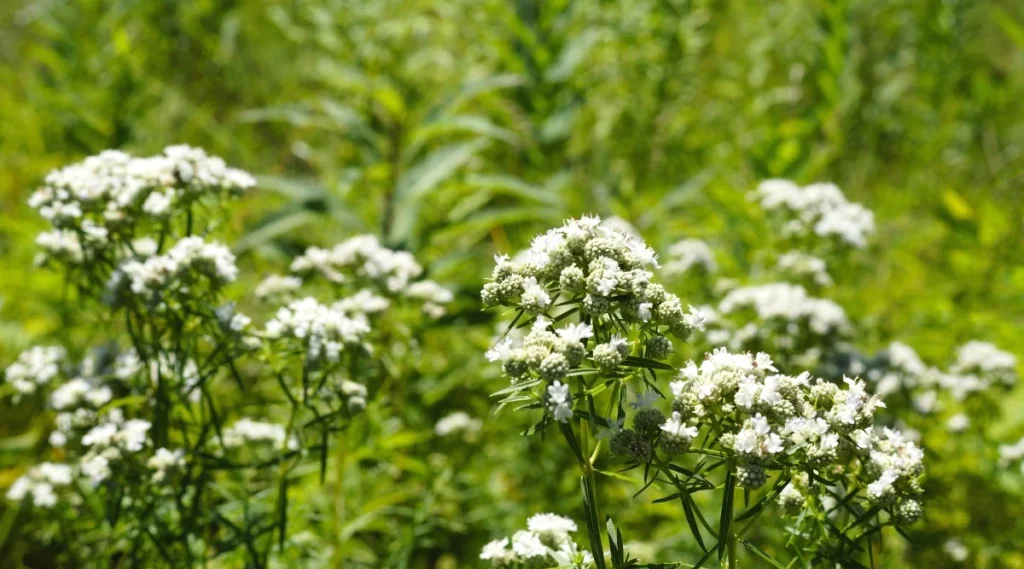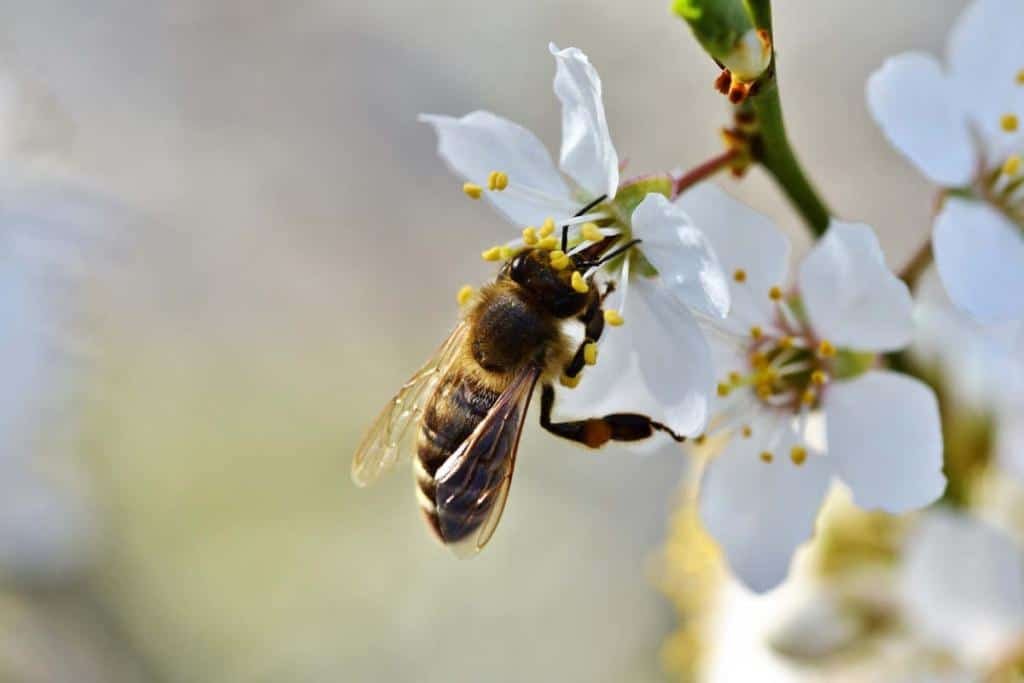Should You Neglect Your Garden? Exploring Sustainable Gardening Practices

Beautiful gardens filled with vibrant blooms and carefully arranged bee hotels are admired by many. However, a new question is gaining traction among ecologists and gardening experts: should you neglect your garden? Instead of constant pruning, planting, and cleaning, some scientists suggest that letting nature take its own course could lead to healthier ecosystems, more resilient pollinator populations, and increased biodiversity. In fact, when you neglect your garden in strategic ways—like leaving leaves in autumn or delaying mowing in spring—you create essential habitats for insects and birds. More experts now argue that to truly support nature, it may be better to neglect your garden just enough to allow native plants and pollinators to thrive. While it may seem counterintuitive, the act of choosing to neglect your garden could actually become one of the most sustainable choices a homeowner can make.
Turning Your Garden Wild: How Controlled Neglect Supports Biodiversity and Pollinators
Ashley Louise Miller Helmholdt, a garden educator at Cornell University, maintains a variety of green spaces around her home—from native plant beds to wild patches. While she doesn’t claim to be a master gardener, her knowledge of native ecology allows her to support local biodiversity. Weeds, often unwelcome in traditional gardening, play a crucial role in sustaining pollinators and insects across seasons.
How Letting Gardens Grow Wild Boosts Pollinator Health and Biodiversity
Pollinators such as bees, butterflies, and other insects have been facing sharp population declines globally since the 1990s. One of the major causes is habitat loss due to urbanization, pesticide use, and climate change. In urban and suburban areas, neatly manicured lawns offer little in terms of nectar and shelter. Even the famed Western Monarch butterfly saw its population shrink to just over 9,000 individuals in 2024—a dangerously low figure.

Matthew Shepherd of the Xerces Society explains that even a small patch of pollinator-friendly space can help reverse this trend. “Community gardens, school yards, and backyard plots collectively offer a patchwork of habitat that can support insects throughout their life cycles,” he says.
Why Traditional Garden Care Often Falls Short in Supporting Wildlife and Pollinators
Neat rows of wildflowers and tidy bee hotels may look beautiful, but they don’t always serve the deeper needs of wildlife. True wildlife gardens should support the full life cycle of insects, which means providing food, shelter, and breeding areas year-round.
Conservation biologist Desirée Narango from the Vermont Center for Ecostudies emphasizes that winter habitat is just as important as summer forage. Dead plant stems, leaf piles, and even patches of bare ground are essential hiding places for insects during colder months.
The Case for Controlled Neglect in Modern Gardening: Boosting Biodiversity and Pollinator Health
Narango’s own backyard in rural Vermont is a thriving meadow of native plants. She rarely intervenes, allowing native flora to spread naturally. Her strategy of minimal gardening offers shelter and nourishment to a wide array of species. Occasionally, she removes invasive plants like dandelions, but otherwise lets the ecosystem maintain itself.
Research has shown that native plants support more diverse insect populations than non-native ones. While some non-natives can boost nectar availability, they should be carefully controlled to avoid overwhelming native species.
Starting From Scratch: How to Create a Wildlife-Friendly Garden by Letting Nature Lead
In more conventional suburban backyards, turf lawns dominate. Creating a thriving wildlife garden in such spaces often means removing the existing lawn to allow native plants a chance to establish. Miller Helmholdt advises tilling the soil several times to eliminate weed seeds before planting native varieties.
Reconsidering Weeds: Embracing Nature’s Helpers in Your Garden

While often treated as nuisances, some weeds offer surprising benefits. For instance, white clover can significantly boost nectar availability in pollinator gardens. Similarly, stinging nettles support dozens of insect species across Europe and North Africa. Yet Narango warns that outside their native habitats, such plants usually benefit only generalist pollinators, not those that are endangered or ecologically specialized.
Finding Balance: Using Native and Non-Native Plants in a Wildlife-Friendly Garden
Going completely native may not be practical for everyone, but partial conversion still has major ecological benefits. In a recent study co-authored by Narango, researchers found that if 70% of your garden’s biomass is native plants, local bird populations can be sustained. Non-native plants tend to reduce insect availability, indirectly affecting higher species in the food web.
The Mow Debate: How Less Mowing Supports a Wildlife-Friendly Garden
Campaigns like “No Mow May” encourage homeowners to let lawns grow in early spring, offering a critical window for pollinators to forage and nest. Susannah Lerman, a USDA research ecologist, prefers the term “Slow Mow Summer,” emphasizing that reduced mowing throughout the warmer months benefits ground-nesting bees and other wildlife.

Miller Helmholdt agrees: “Pollinators like ground-nesting bees rely on undisturbed soil and organic debris. Mowing less frequently gives them a fighting chance.”
Total Garden Neglect: Risks and Rewards for Ecosystem Health
Letting a garden grow wild without intervention can sometimes backfire. Aggressive invasive species can dominate, reducing plant diversity and degrading habitat quality. Ecological landscape designer Larry Weaner cautions that neglect may lead to a homogenized space overrun by a few dominant species.
Shepherd of the Xerces Society adds, “An untended garden may offer food and shelter, but without intentional diversity, its value to wildlife is limited.”
Still, in some cases, totally neglected land can foster surprising biodiversity. Former industrial or commercial sites in the UK and US have become unlikely refuges for rare species, like the distinguished jumping spider near London or urban wildlife hubs in Detroit.
Leave the Leaves: How Autumn Garden Neglect Supports Biodiversity
In fall, instead of raking and blowing leaves, experts suggest letting them lie. The “Leave the Leaves” initiative from the Xerces Society advocates for allowing leaves and dead stems to accumulate naturally, providing essential overwintering habitat for insects.

Narango highlights the luna moth, which requires a soft, leafy landing zone during its pupation phase. “If all it finds is compacted soil and manicured lawn, it has no chance,” she explains. “Planting the tree is not enough if you clear away the very shelter the insect needs to survive.”
Embrace the Mess: Why a Wild Garden Benefits Pollinators and Wildlife
A wildlife-friendly garden doesn’t need to be pristine. In fact, a bit of controlled neglect—leaving dead leaves, reducing mowing, and choosing native plants—can go a long way in reviving pollinator populations and enhancing local ecosystems. By rethinking traditional gardening practices, homeowners can transform even small plots into biodiversity havens.
Letting nature take the lead might just be the most powerful gardening tool of all.




